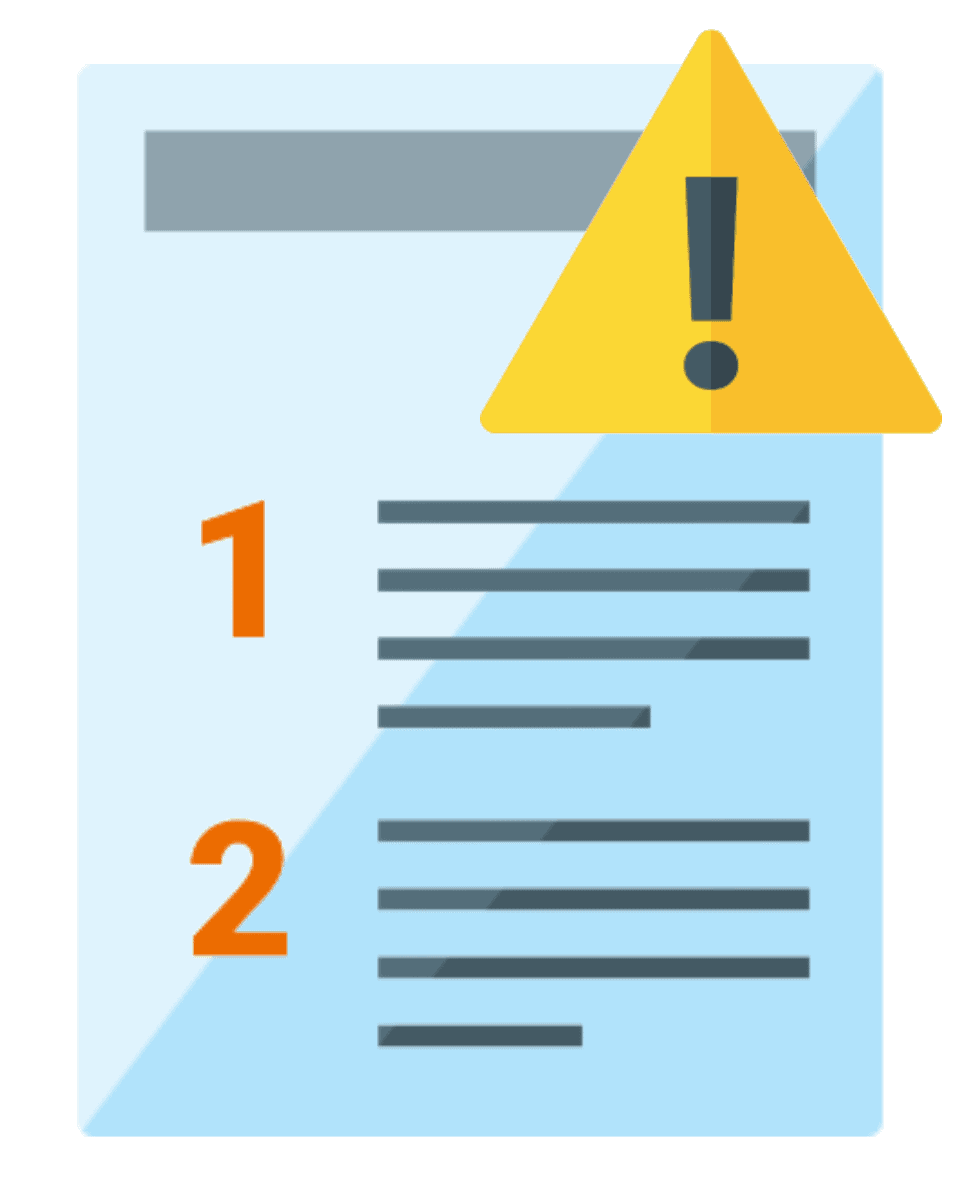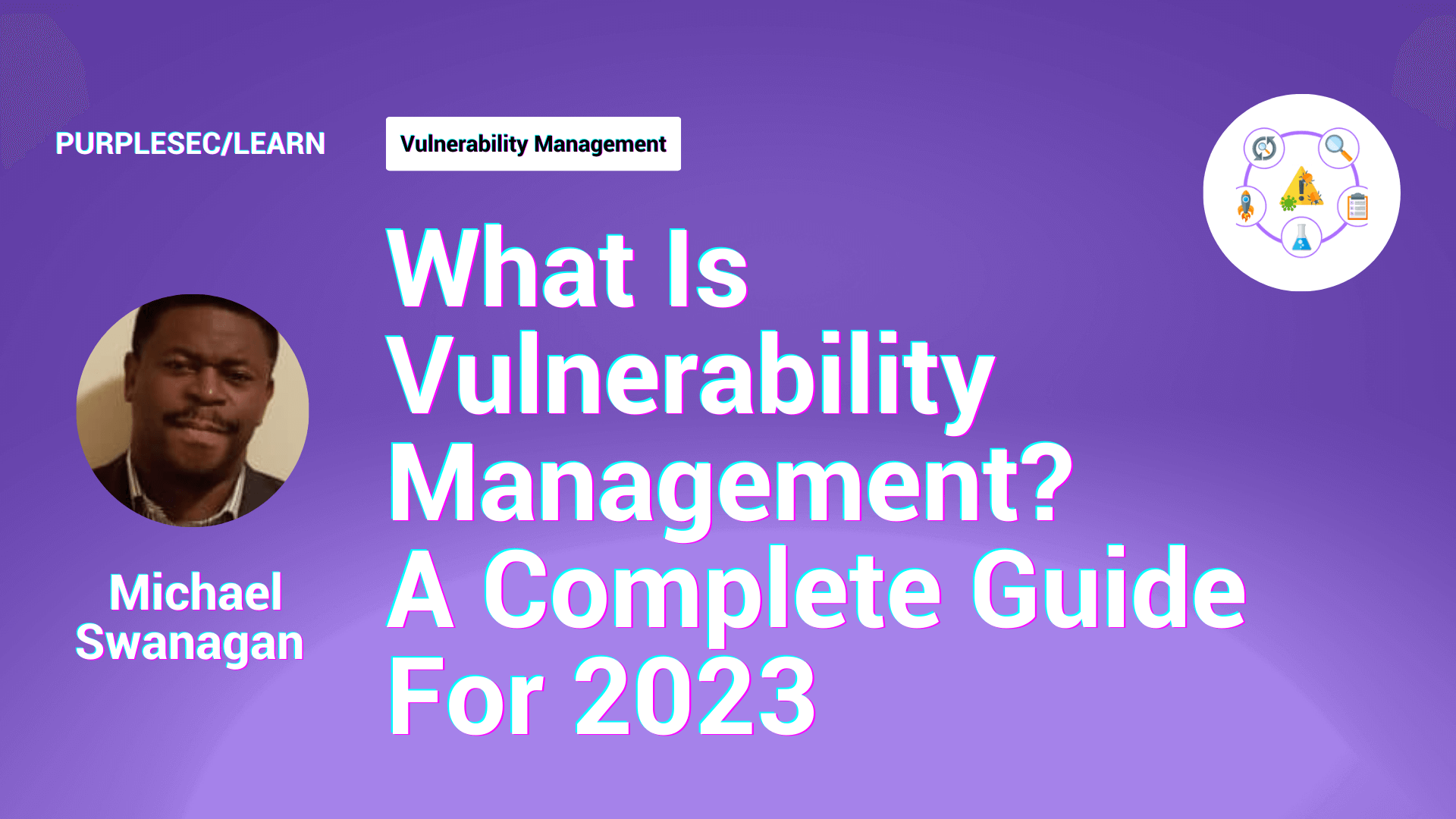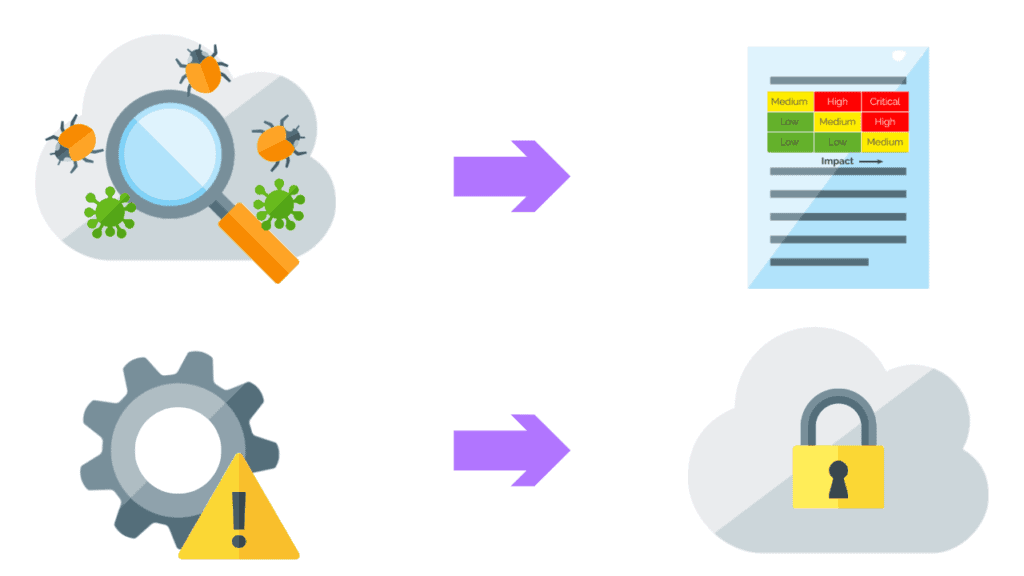How To Automate Vulnerability Management
Automating vulnerability management is a process that eliminates repetitive tasks prone to human error and replaces them with data-driven vulnerability prioritization.
There are 5 best practices to keep in mind when automating your vulnerability program including:
- Document Data Classifications & Policies.
- Understand Your Business Units.
- Implement A Policy For Remediation Timelines.
- Have Complete Visibility Of Your Environments.
- Define Approval Gateways.
Free Security Policy Templates
Get a step ahead of your cybersecurity goals with our comprehensive templates.

Vulnerability management benefits cybersecurity by proactively identifying security vulnerabilities and remediating them promptly.
However, while building a vulnerability management program is a critical cybersecurity activity that guards the enterprise network against attackers, maintaining a vulnerability management program at scale is a challenging task for several reasons.
Enterprise IT infrastructure is complex and constantly changing, which makes vulnerability management activities equally complex.
Other factors that contribute to the challenge include an increasingly fast-paced and threatening cyber landscape, and a cyber security talent shortage.
How can enterprises supercharge their vulnerability management programs to overcome these challenges and maintain strong cyber risk assurances?
Automation to the rescue.
Vulnerability management automation offers productivity benefits that alleviate the burden on IT security teams and optimize the effectiveness of vulnerability management operations.
Automation also reduces the potential impact of human error and provides reliable, data-driven vulnerability prioritization.
Let’s examine what automated vulnerability management is, how to automate vulnerability management, and who can benefit from it.
What Is Automated Vulnerability Management?
Vulnerability management proactively scans IT infrastructure for vulnerabilities and remediates them, reducing an organization’s attack surface and the probability of a breach.
Automated vulnerability management automates the workflow of vulnerability management program tasks; particularly the identification, aggregation of associated information, vulnerability assessment reporting, and remediation of vulnerabilities.
Best Practices For Automating Vulnerability Management
1. Document Data Classifications & Policies
All systems and data need to be inventoried, documented, and classified according to their technical specifications and criticality to business operations.
Implement an inventory review process that includes decommissioning processes and timelines.
These key inventories, classifications, and policies allow the calculation of quantified risk scores and prioritization of vulnerabilities according to the real risk that they pose to an organization.
2. Understand Your Business Units
Risk is not distributed evenly throughout an organization.
Each organization has “hot spots” of critical systems and data.
Understanding how each department contributes to overall business operations allows the risk-based design of networks, policies, and controls to restrict access to critical systems and data by reducing the critical attack surface.
3. Implement A Policy For Remediation Timelines
“Exposure time” refers to the period between scans when the publication of new vulnerabilities may allow attackers to exploit unpatched vulnerabilities.
Therefore, cyber security vulnerability management relies on scheduling continuous vulnerability scanning to reduce the average time to patch vulnerabilities.
Well-defined SLA/SLO policies help reduce exposure time to satisfy internal risk requirements, and external compliance and regulatory requirements.
4. Have Complete Visibility Of Your Environments
You can’t protect what you can’t see, so creating digital visibility is an important step in developing a vulnerability management program and reliably managing risk.
With a full inventory of systems and data, hardware and software, and a network topography in hand, ensure your scanning and other security tools have visibility of all critical assets in the environment.
5. Define Approval Gateways
Automation of a vulnerability management program still requires human oversight.
Clear communication channels, well-defined standard operating procedures (SOP) and a well-defined understanding of remediation workflows allow vulnerabilities to be patched faster, reducing exposure time and attack surface.
Why Invest In Automation?
Automation can increase the effectiveness and efficiency of vulnerability management activities by reducing the burden on human analysts and ensuring that vulnerabilities are accurately prioritized by aggregating cyber threat intelligence and leveraging the knowledge and skills of industry leading cyber security analysts.
Automated vulnerability management can turn complex processes into simple step-by-step workflows allowing more time to be spent on activities that actually improve network security.
Because cyber security is a high-stakes and fast-paced field with little room for error, it makes perfect sense to optimize cyber security programs with vulnerability management automation
Challenges With Traditional Vulnerability Management
Traditional vulnerability management is resource-intensive, costly, and prone to human error.
Qualified cyber security analysts are hard to find and retain, and the quickly evolving threat environment ensures IT security teams are constantly overwhelmed with threat intelligence data.
This makes the task of accurately prioritizing and remediating vulnerabilities impossible at scale and leads to exposing vulnerable assets to attack for longer than necessary.
Frees Up Resources
Organizations want their IT security team to spend less time trying to figure out what to do and more time doing it.
Automating the aggregation of vulnerability data, its analysis, and the calculation of security priorities supercharges a vulnerability management program.
Actionable information is delivered that can be immediately translated into time spent fixing problems.
Improves Average Time To Patch
In cybersecurity every second counts.
A patch management policy seeks to apply security patches before attackers identify the vulnerabilities and exploit them.
Automation provides immediate access to enriched vulnerability information as new vulnerabilities are disclosed and security updates are released, reducing the average time to patch a vulnerability.
Provided with the right information at the right time, organizations can reliably meet and exceed their compliance obligations, reduce their vulnerable attack surface, and achieve a greater return on security investment (ROSI) faster.
When Should You Consider Automation?
If you are unsure about your organization’s ability to manage a cyber attack or don’t have an in-house IT security team, automated vulnerability management is an opportunity to streamline security operations, strengthen operational resiliency, and gain strong cyber risk assurances.
Here are some telltale scenarios that indicate your organization will benefit from automated vulnerability management technologies:
- You Don’t Have A Vulnerability Management Program
- You Want Peace Of Mind
- You Are A Rapidly Growing Organization
- Evolve To The Next Generation Of Vulnerability Management
You Don’t Have A Vulnerability Management Program
The top priority for businesses is growth, but a successful cyber attack can be a huge financial setback and lead to a damaged public reputation.
SMEs and start-ups are not immune to cyber attacks either.
On the contrary, attackers consider them prime targets because they are less likely to have user-awareness training programs and well-developed cybersecurity programs.
For organizations of all sizes, new regulations, and compliance requirements are also pushing organizations to expand their cybersecurity programs.
In all of these cases, adding automation to a vulnerability management program provides improved efficiency and reliability.
You Want Peace Of Mind
Recent security statistics relay the increasing risk that cyber attacks pose to businesses.
How can leaders and decision-makers achieve peace of mind as digitization introduces new and complex risks?
The most effective way is to partner with qualified cybersecurity professionals to develop world-class cyber resilience supported by next-generation cybersecurity technologies.
Next-generation vulnerability management supports compliance requirements and provides on-demand risk visibility and vulnerability assessment reporting across the entire IT environment, allowing an organization to stay ahead of the bad guys.
You Are Rapidly Growing
Successful companies can grow in the blink of an eye.
However, growth comes with increased attack surface and risk.
As companies scale services they handle a larger amount of sensitive data and protect higher revenues.
Automating a vulnerability management program supercharges IT and Infosec staff, providing them with reliable the critical data they need to more quickly address a higher number of data-driven security priorities.
Personnel can spend more time remediating vulnerabilities and less time manually aggregating, researching, and analyzing vulnerability information.
Evolve To Next Generation Vulnerability Management
Traditional approaches to vulnerability and patch management rely on human analysts and their best judgment to prioritize vulnerabilities.
However, the “human factor” puts an organization at risk of arbitrary and ad-hoc prioritization.
Quantitative data-driven prioritization delivered by next-generation cyber security technologies is more reliable and actionable allowing more efficient and effective cyber security operations.
Automated vulnerability management is a next-generation technology that provides access to leading IT security professionals and delivers accurate quantitative analytics for data-driven prioritization and risk visibility
Common Challenges Of Implementing Automation
While automation can reduce the efficiencies of traditional vulnerability management, the automation of vulnerability management activities also includes unique challenges.
Let’s examine the biggest challenge to implementing more automated processes in a vulnerability management program:
- Preparing To Automate A Vulnerability Management Program
- Changing Your Processes
- Network Challenges
Preparing To Automate A Vulnerability Management Program
Before an organization can automate vulnerability management activities, the best practices outlined above need to be in place.
However, these initial steps within themselves are no easy task. Enterprise IT infrastructure is a complex highly distributed architecture.
An organization’s entire business workflow and IT infrastructure must be carefully architected, inventoried, and classified before the vulnerability management automation process can begin.
Changing Your Processes
Change isn’t easy, but failure to stay up-to-date with IT security imposes huge risks.
A cyber security talent shortage, high staff turnover rate, and a fast-paced technological change impose burdens that smart businesses want to overcome.
The long-term benefits of a vulnerability management automation process far outweigh the initial burden of changing current practices and ensure that an organization’s cybersecurity efforts can keep pace with sustained technological change.
Network Challenges
It’s important to make sure your network is well architected and configured for an organization’s unique business operations and ongoing maintenance of good cyber hygiene is a must.
This includes mapping internal network topography including:
- Wireless access points and SD-WAN.
- Maintaining updated software inventories for accept and block lists of each asset.
- Continuously monitor network and service configurations for unauthorized changes.
Wrapping Up
The modern cyber security landscape is complex and high costs are associated with even a single breach.
Many companies are not adequately protected, at a time when it’s more important than ever to retain access to leading IT security talent.
Automated vulnerability management reduces the burden on internal IT security team members, the potential for human error, and enables more efficient and effective data-driven prioritization of vulnerability remediation.
PurpleSec’s Cyber Risk Management Platform automates vulnerability program activities including scanning, data aggregation, and prioritization to deliver risk visibility, on-demand reporting, and remediation.
Our approach ensures that IT team members spend less time trying to figure out what to do and more time improving network security.
Article by



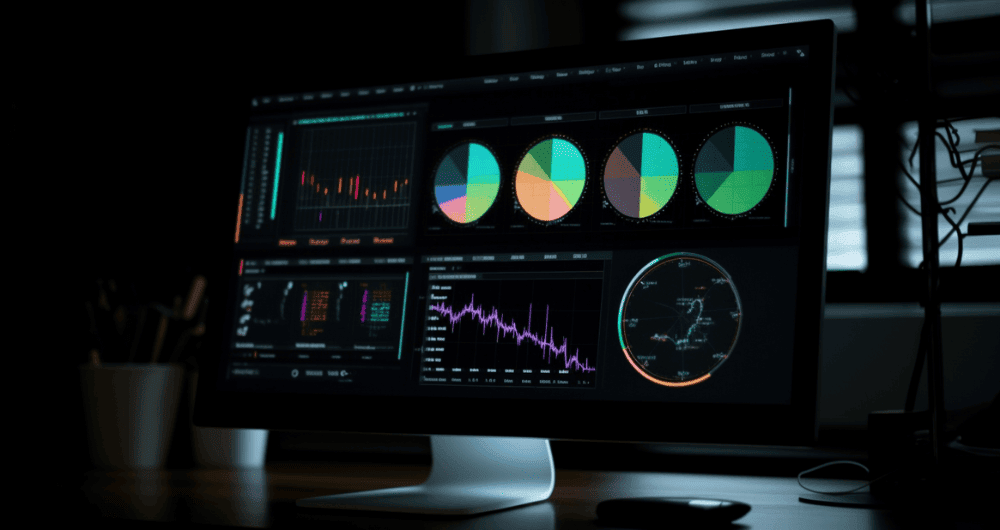



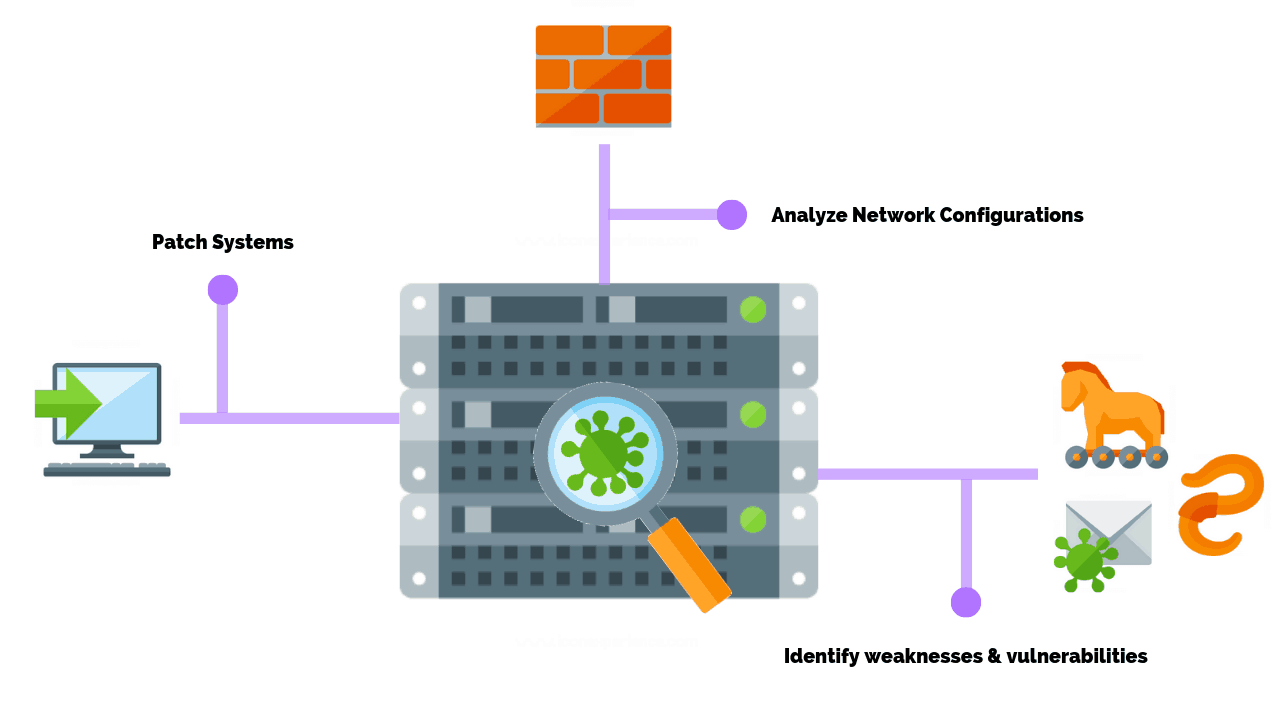
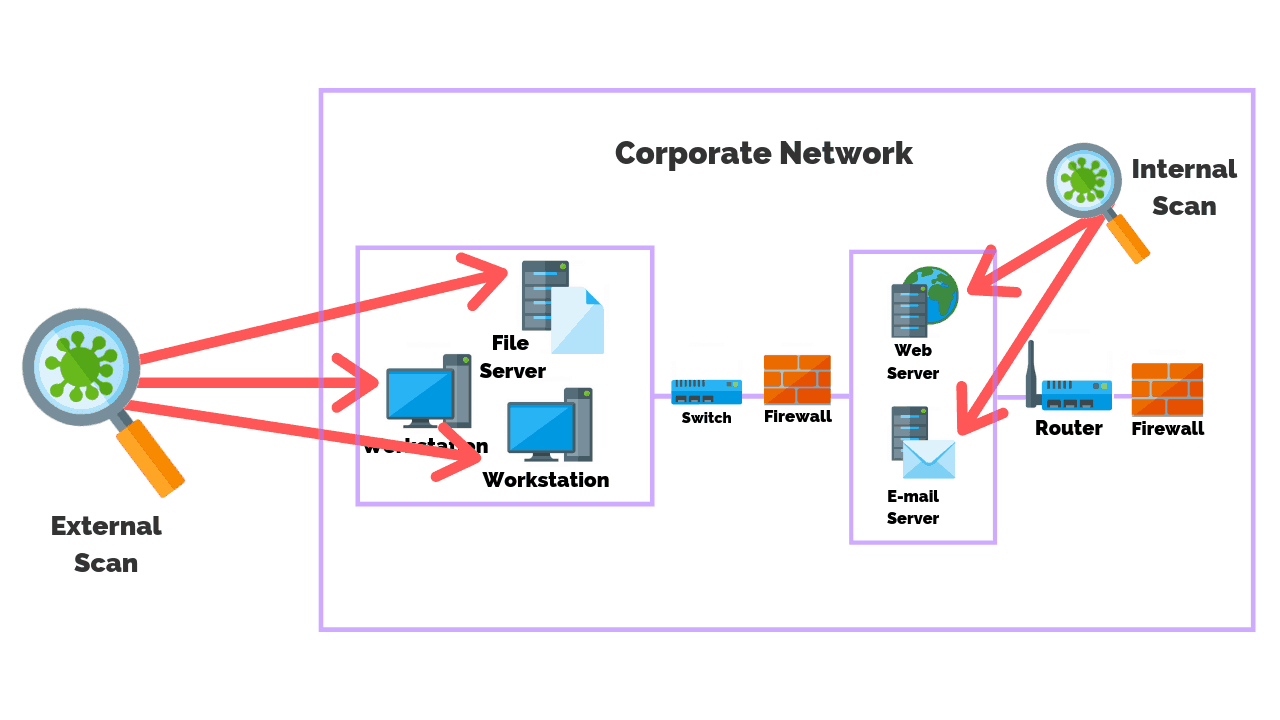

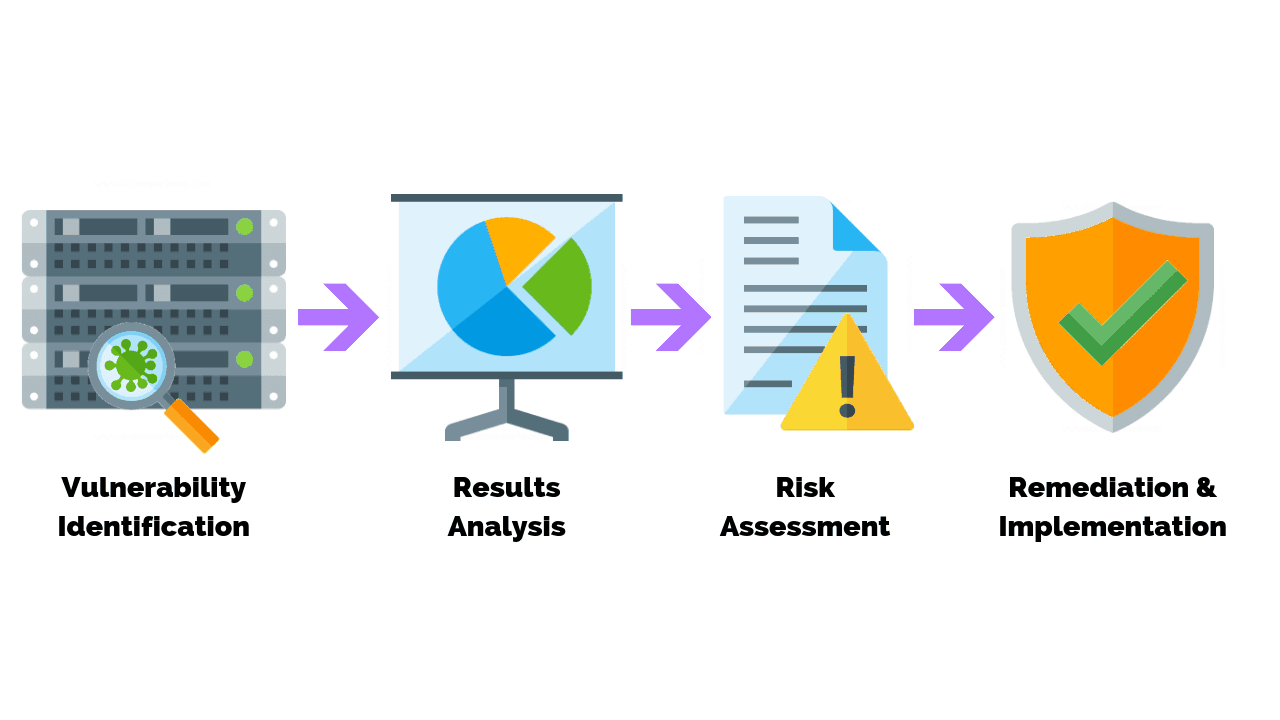
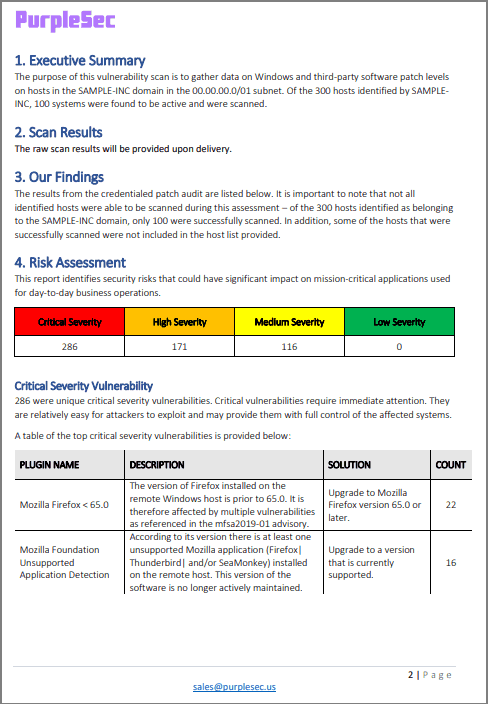
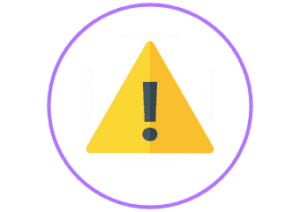 Identifying risks for each asset and possible threats they face is a complex task.
Identifying risks for each asset and possible threats they face is a complex task.  To have a structured and successful scanning methodology, policies and procedures must exist in order to have a pre-determined course of action needed to be taken. This includes all aspects of vulnerability scanning.
To have a structured and successful scanning methodology, policies and procedures must exist in order to have a pre-determined course of action needed to be taken. This includes all aspects of vulnerability scanning. Vulnerability scanning is a process where vulnerability scanning software is used to identify security weaknesses in information systems.
Vulnerability scanning is a process where vulnerability scanning software is used to identify security weaknesses in information systems.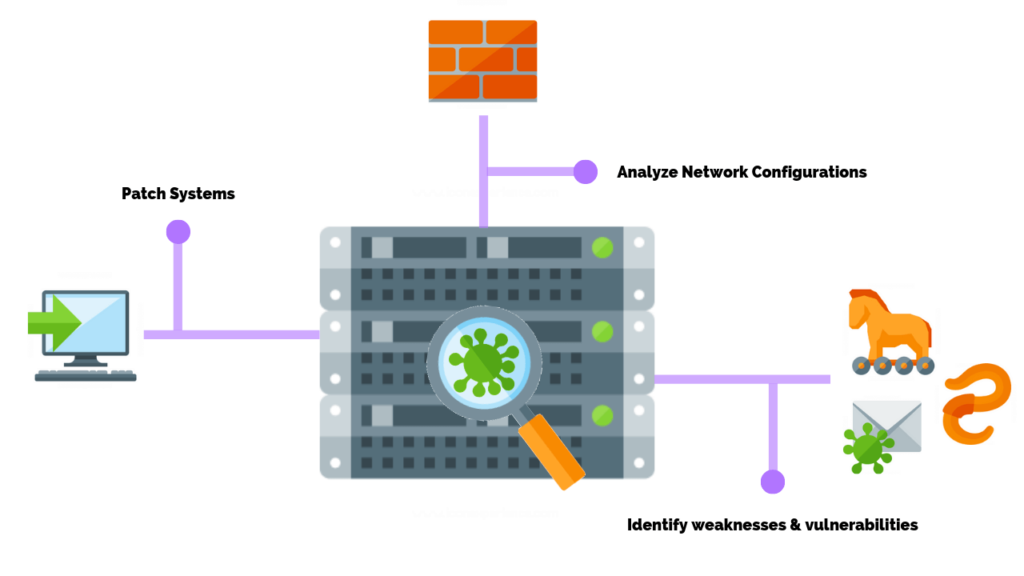
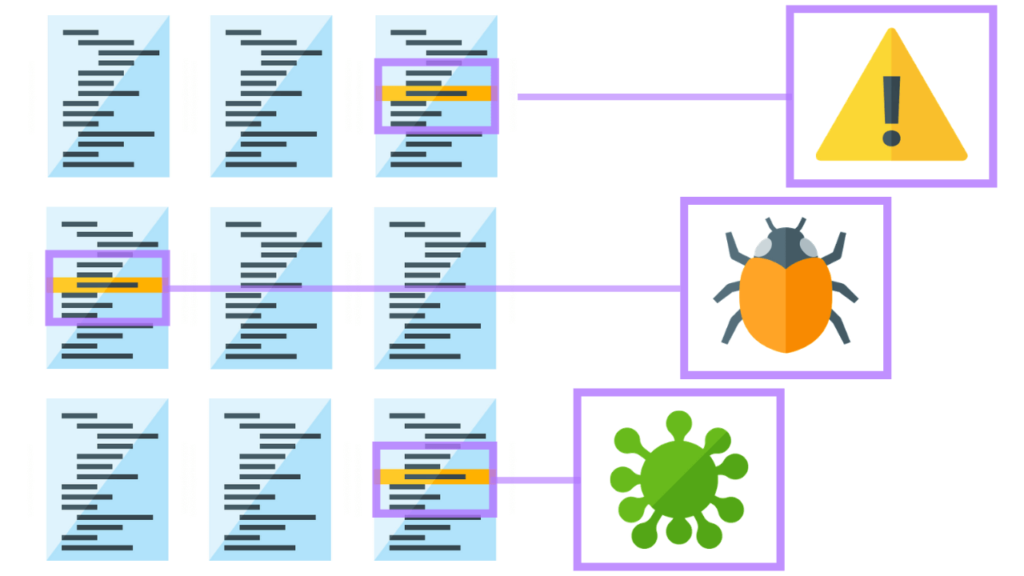
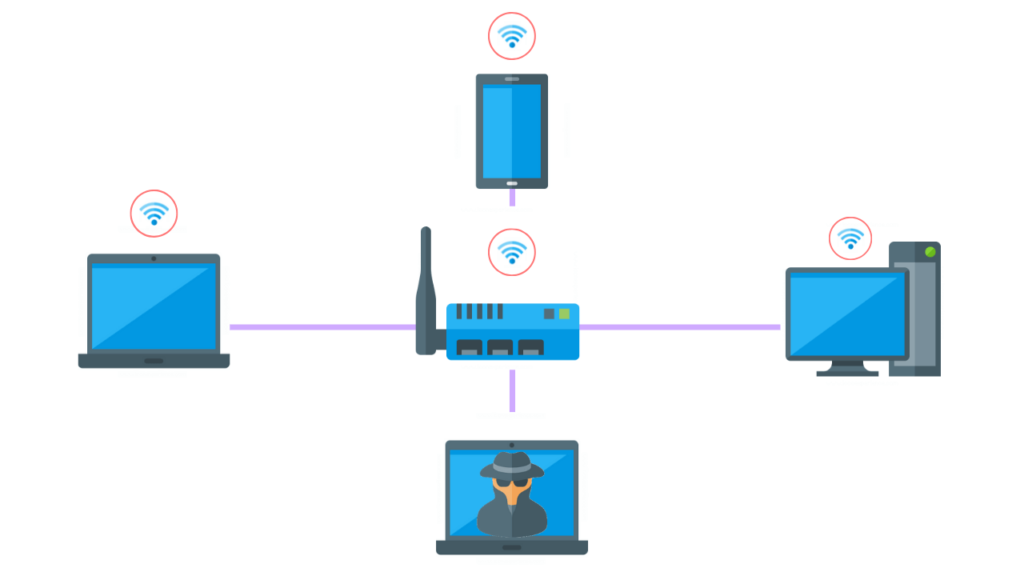
 Even though there are many vulnerability scanning vendors to choose from, the configuration of any scan can still be addressed.
Even though there are many vulnerability scanning vendors to choose from, the configuration of any scan can still be addressed. After determining the type of scan you want to conduct, and after setting up the configuration of the scan, you can save the configuration and run as desired.
After determining the type of scan you want to conduct, and after setting up the configuration of the scan, you can save the configuration and run as desired.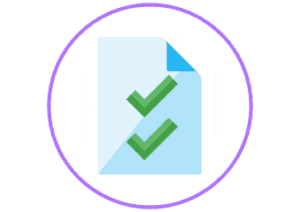 Risks associated with performing a vulnerability scan pertain mostly to the availability of the target system.
Risks associated with performing a vulnerability scan pertain mostly to the availability of the target system.  Having qualified staff members configuring, performing and analyzing the results of a vulnerability scan is most important.
Having qualified staff members configuring, performing and analyzing the results of a vulnerability scan is most important.  After interpreting the results, information security staff should prioritize the mitigation of each vulnerability detected and work with IT staff in order to communicate mitigation actions.
After interpreting the results, information security staff should prioritize the mitigation of each vulnerability detected and work with IT staff in order to communicate mitigation actions. 